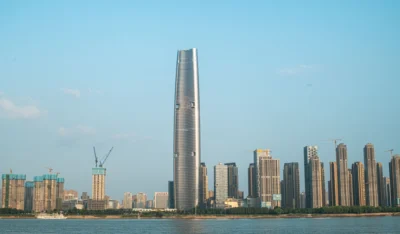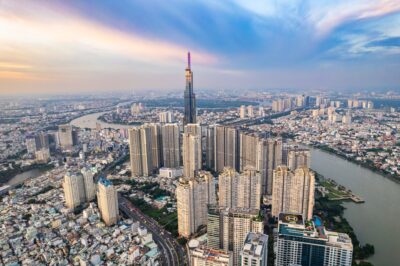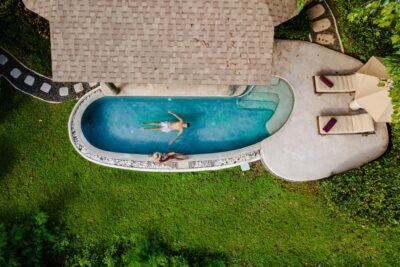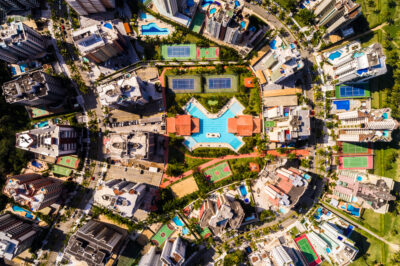Singapore’s urban farming sites to produce 680 tonnes of vegetables
The new sites are located at Jurong West, Bukit Panjang, Sembawang, and Woodlands
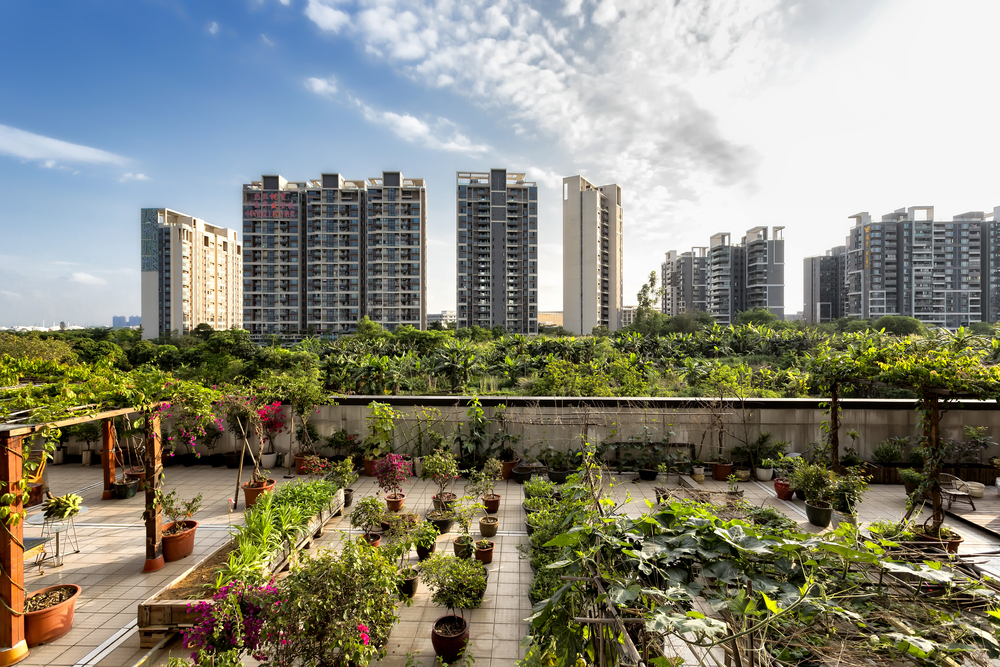
In Singapore, three bidders won the right to rent seven new urban farming sites located on multi-storey carparks of the Housing and Development Board (HDB), reported on Channel News Asia.
The Singapore Food Agency (SFA) and HDB said the new sites include a single farming plot at Jurong West and three cluster sites with two farming plots each at Bukit Panjang, Sembawang, and Woodlands. SFA and HDB also stated that creating more spaces for commercial farming aligns with Singapore’s “30 by 30” vision, which aims to produce 30 percent of the country’s nutritional needs by 2030.
Lim Kok Thai, CEO at SFA, pointed out that these sites are anticipated to yield around 680 tonnes of vegetables annually.
Winners of the urban farming sites had successful proposals that featured technological innovations like automated climate control, as well as hydroponic and vertical farming systems with “Internet of Things” elements.
“Given Singapore’s limited land and space, the use of alternative spaces for urban farming will bring food production closer to the community,” said Thai.
The pandemic has also emphasised the importance of ensuring a steady food supply via local production, due to lockdowns and border closures. In May, long queues were seen at some supermarkets following tighter community restrictions.
He said, “Now more than ever, our local farms must leverage technology to grow more with less.”
More: Singapore Housing and Development Board acts on wrongly disbursed grants
The urban farming initiative also helped to “intensify greening” in public housing estates, supporting HDB’s Green Towns Programme under the SG Green Plan, said Mike Chan, deputy chief executive officer at HDB.
“HDB will continue to look for opportunities to inject more greenery in our housing estates and provide a better living environment for residents.”
The Property Report editors wrote this article. For more information, email: [email protected].
Recommended
Malaysia property market rebounds with foreign interest and growth
The nation’s property market is stirring to life, fuelled by foreign buyers and major infrastructure drives
China’s renewable energy surge redefines housing norms and development
From exporting solar panels to building entire green-powered neighbourhoods, China’s renewable surge is redefining housing norms
Philippine real estate stays resilient amid political turmoil
The arrest of former President Rodrigo Duterte is a huge political plot twist. But the real estate sector in the Philippines is not (yet) flinching
Vietnam housing market poised for growth despite tariff challenges
With possible punitive US tariffs looming over the economy, Vietnam’s otherwise buoyant housing market has entered a cautious stage


